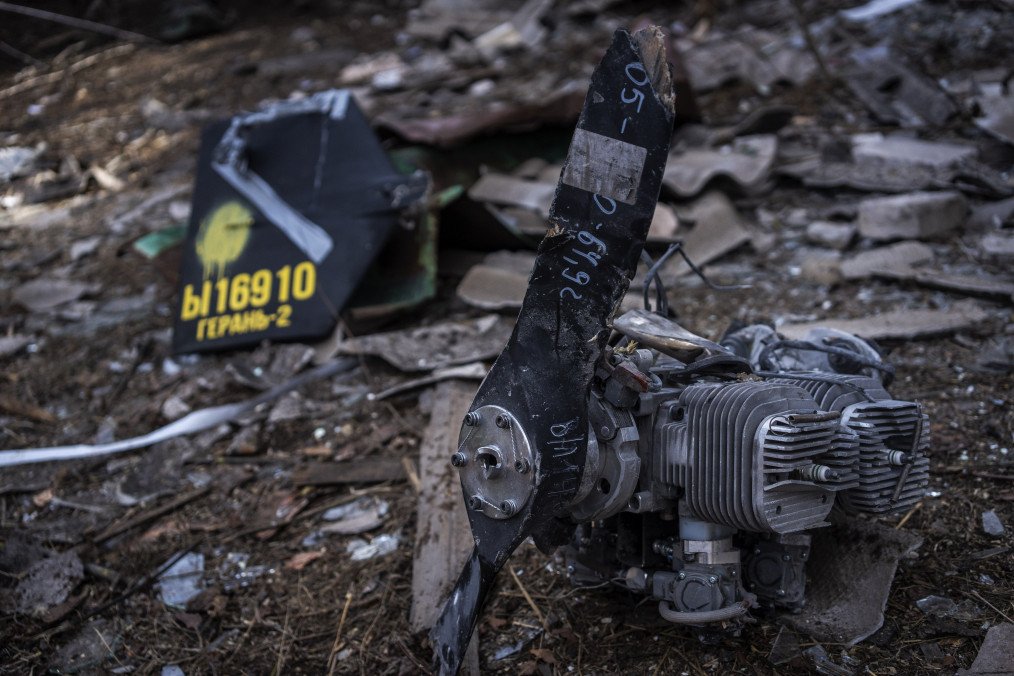- Category
- Latest news
Russia Intensifies Drone Strikes on Ukraine in Major Surge Since New Year, ISW Report Says

According to the Institute for the Study of War (ISW), Russian forces have significantly escalated the number of Shahed and decoy drones used in coordinated attacks against Ukraine, adapting their tactics to counter Ukrainian air defense systems.
On the night of March 6-7, Russia launched the largest combined missile and drone strike since November 2024, deploying a total of 67 missiles and 194 Shahed and decoy drones.
The Ukrainian Air Force reported that its forces intercepted and downed 25 Kh-101/Kh-55 cruise missiles, all eight Kalibr cruise missiles, one Kh-59/69 cruise missile, and 100 Shahed and decoy drones. Additionally, 86 decoy drones and up to 10 missiles failed to reach their targets, likely due to Ukrainian electronic warfare measures.

Russian forces have systematically increased the number of Shahed drones in strike packages since the fall of 2024, responding to Ukraine’s evolving air defense and electronic warfare capabilities. ISW reports indicate that Russia expanded its drone production in December 2024, while continuing to source critical components from Iranian and Chinese suppliers.
The frequency and scale of these strikes have intensified, with Russian forces averaging 83 drones per strike package in January 2025, increasing to 139 in February, and maintaining an average of 128 drones in the first week of March.
The latest strike represents an evolution in Russia’s offensive strategy, integrating a higher volume of drones with missiles to overwhelm Ukrainian air defenses. Russian forces have only sporadically incorporated missiles into previous strike packages in 2025, making the March 6-7 attack—featuring 67 missiles—a shift in tactics aimed at inflicting significant damage on strategic infrastructure.
ISW assesses that Russia seeks to exploit the ongoing suspension of U.S. military aid and intelligence-sharing with Ukraine to increase pressure on Ukrainian air defense capabilities. Russian forces have recently focused their strikes on energy and industrial targets, aiming to degrade Ukraine’s critical infrastructure while forcing the country to expend its stockpile of air defense interceptors.
According to Ukrainian military intelligence, Russia is also modernizing and expanding production of Shahed-136 drones and developing a new Geran-3 drone variant, further reinforcing its reliance on unmanned aerial strikes. These developments indicate a continued effort to strain Ukraine’s air defense network and maintain persistent pressure on key military and civilian targets.
As Russia continues to adapt its long-range strike capabilities, Ukraine faces the challenge of managing its air defense resources efficiently while awaiting further international support. ISW’s latest assessment highlights that the increased volume of Shahed drones in Russian strike packages is a deliberate strategy to saturate Ukrainian defenses, a tactic likely to persist in the coming months.




-111f0e5095e02c02446ffed57bfb0ab1.jpeg)

